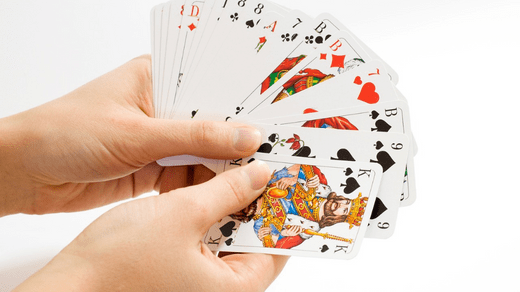Satta Matka is a popular form of gambling that originated in India and has evolved significantly over the years. This article explores the history and transformation of satta matka indian, from its humble beginnings to its current status as a modern-day gambling game.
Satta Matka is a Hindi term that translates to “gambling pot.” It refers to a form of lottery or betting game that involves guessing numbers and earning payouts based on the outcome. The roots of Satta Matka can be traced back to pre-independence India, where it was primarily played as a recreational activity among friends and communities. Over time, it gained popularity and transformed into a lucrative business.
Origins of Satta Matka
The origins of Satta Matka can be traced back to the 1950s when it started gaining momentum in Mumbai, then known as Bombay. During this period, the New York Cotton Exchange was flourishing, and its closing rates were transmitted through teleprinters to Mumbai. People began using these rates to bet on the opening and closing prices of cotton.
Evolution of Satta Matka
The evolution of sattamatkà can be attributed to the efforts of Kalyanji Bhagat, a farmer from Gujarat. He introduced the concept of betting on random numbers and created the first-ever Satta Matka game. Instead of using cotton rates, he introduced playing cards and introduced the matka system, where players would place bets on numbers drawn from a matka (earthen pot).
Golden Era of Satta Matka
The golden era of Satta Matka was during the 1960s to the 1990s when several prominent individuals, known as matka kings, emerged. These individuals, including Ratan Khatri and Kalyanji Bhagat, became influential figures in the Satta Matka world. The game gained immense popularity among the masses, with people from all walks of life participating in the hopes of winning substantial amounts of money.
Legal Challenges and Crackdowns
With the rise of Satta Matka, the government began to view it as a form of illegal gambling. In the 1960s, the Mumbai police launched a crackdown on matka dens and syndicates, leading to a decline in its popularity. However, the game continued to thrive in underground circles and continued to evolve.
Modern-Day Gambling Scenario
In recent years, Satta Matka has adapted to the digital age and transformed into an online gambling game. Several websites and mobile apps offer a platform for players to participate in Satta Matka and win real money. This shift to the online medium has made the game more accessible to a wider audience, particularly the younger generation.
Impact on Society and Individuals
While Satta Matka provides an opportunity for players to win significant amounts of money, it also comes with its share of negative consequences. Addiction, financial losses, and social issues are some of the challenges associated with this form of gambling. Efforts are being made to raise awareness about responsible gambling and provide support to individuals affected by gambling addiction.
Future of Satta Matka
The future of Satta Matka remains uncertain. Some proponents argue for its legalization and regulation, which could potentially bring it under the purview of the law and ensure player protection. There are also discussions about introducing skill-based elements to the game to reduce its reliance on chance and luck. Furthermore, technology and innovation are likely to shape the future of Satta Matka, with advancements such as virtual reality and artificial intelligence being explored.
Satta Matka has come a long way from its humble origins to becoming a prominent gambling game in India. Its evolution reflects the changing times and the adaptability of traditional games to modern-day platforms. While it has its challenges and controversies, the future of Satta Matka holds potential for growth and transformation, with a focus on responsible gambling and innovation.

